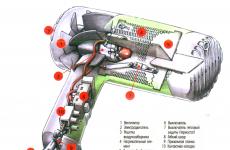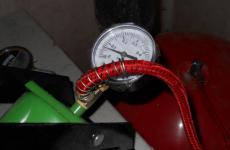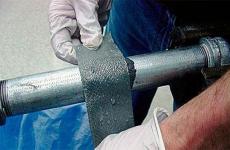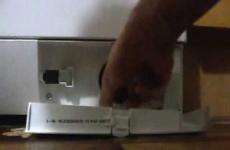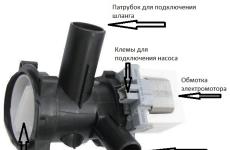Why is the pressure in the heating system dropping and how to deal with it?
It happens that the pressure in the heating system constantly drops below 1 bar. So it's time to look for a real problem.
Crack in the heating boiler
You need to start by looking for a leak in the heating system, and if you do not find traces of a coolant, you need to look for a leak in the heating boiler. It often happens that, due to poor heat dissipation, a gap appears in the heat exchanger, and water in the form of steam comes out. A crack can be caused by overheating and wear over time. This problem cannot be seen unless you check carefully by opening the combustion chamber. Often the gap is not visually visible - look for plaque or traces of water that indicate exposure to hard water
.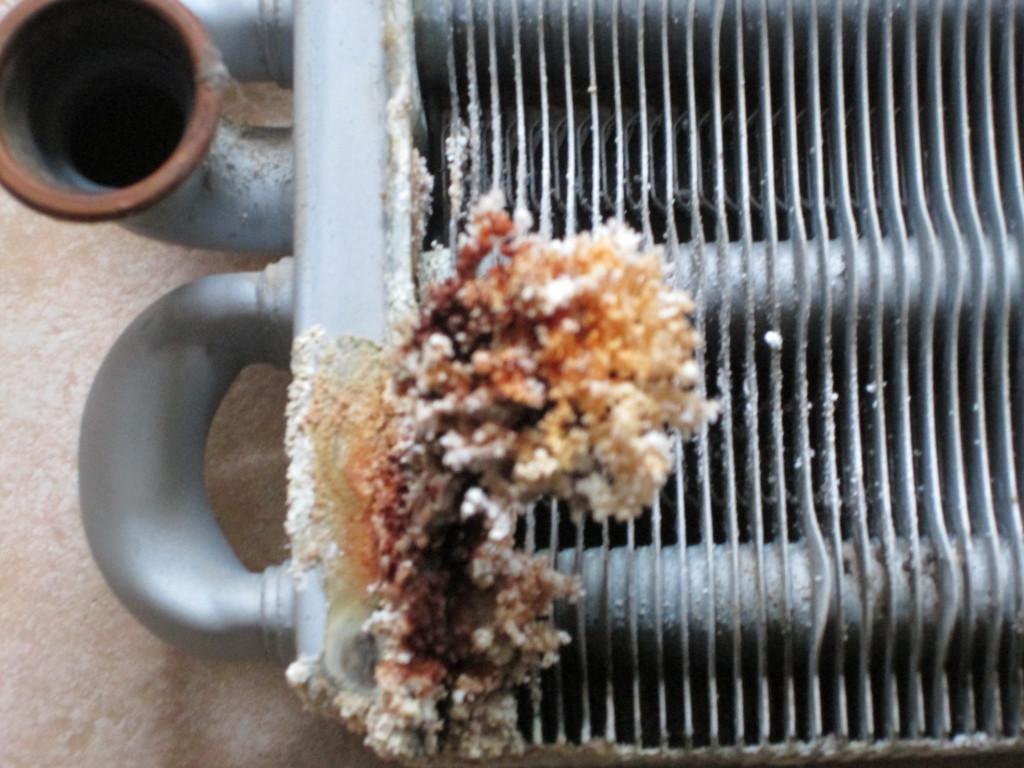
In some cases, it is impossible to eliminate the leak with your own hands (by putting a gasket at the junction or wrapping it with a napkin). If there is a crack in the copper case, some people try to solder it, but believe it not for long.
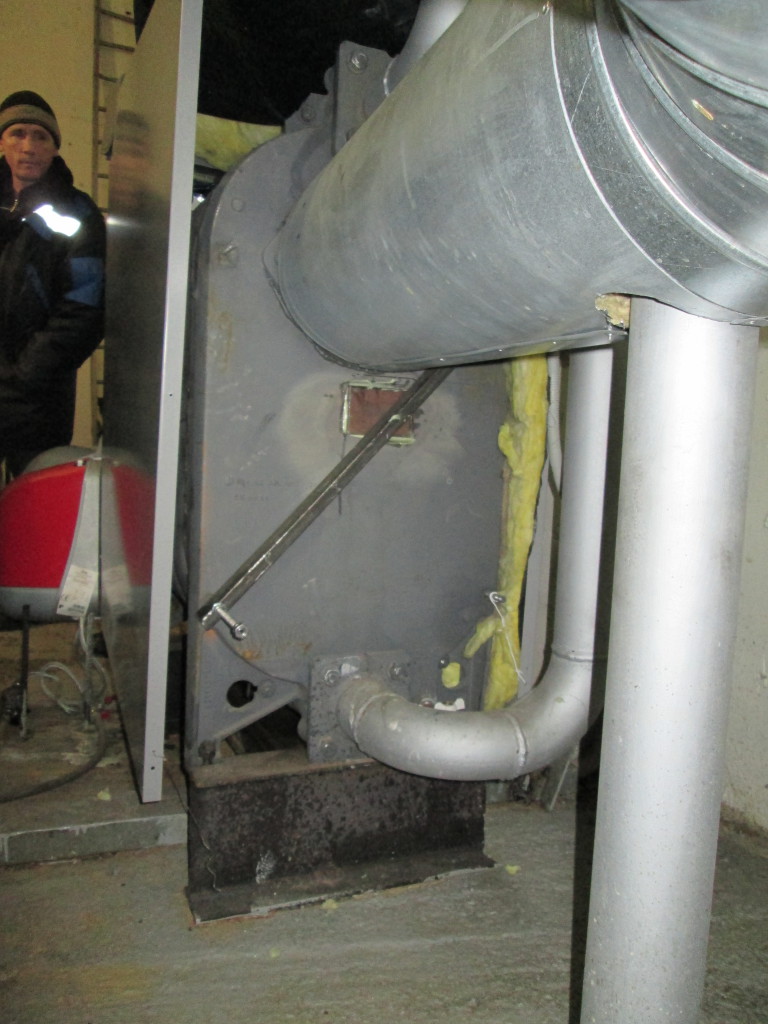
Cast iron heat exchangers cannot be welded.
Failure of readings of the pressure gauge or expansion tank
If no leak is found, we advise you to check the pressure in the expansion vessel. Usually, the technical specifications for the equipment indicate the required indicator in bars, for example, 1.5 bar, but this value may get lost due to improper commissioning of equipment or simply as a result of natural expansion of water.
Let us recall from physics: when heated, water increases by 3.7% in volume and creates an excess of pressure, to which the tank reacts by decreasing with the help of an emergency valve. How to solve the problem?
- Shut off the water supply on both circuits.
- Drain the water from the boiler using the nipple.
- Bleed air from the expansion tank.
- Bring the pressure in it to the value specified in the technical data. A car pump can be used.
- Release the air again and drain off the rest of the water. Repeat the pressure build-up procedure.
- Close the connection and fill the system.
Switch on the boiler. Check the pressure gauge needle, which should not jump, but show an even and stable value.
The tightness of the expansion tank nipple is broken
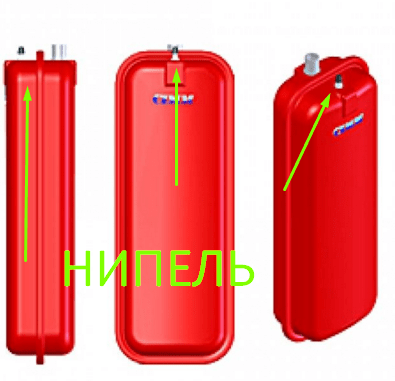 The very nipple through which the air is lowered and the vacuum is pumped in can "etch". To understand this, you need to measure the pressure again. If a malfunction is detected, the nipple must be replaced or tightened, and then, according to the previous scheme, pressurize the expansion tank.
The very nipple through which the air is lowered and the vacuum is pumped in can "etch". To understand this, you need to measure the pressure again. If a malfunction is detected, the nipple must be replaced or tightened, and then, according to the previous scheme, pressurize the expansion tank.
Expansion tank or heating medium selected incorrectly
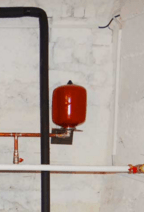 This can lead to misconceptions in which the volume of the boiler and the heating area are taken into account. In addition, the replacement of radiators with pipes that pass a larger amount of water through themselves, as a result of which the pressure does not reach the desired level, may not be taken into account.
This can lead to misconceptions in which the volume of the boiler and the heating area are taken into account. In addition, the replacement of radiators with pipes that pass a larger amount of water through themselves, as a result of which the pressure does not reach the desired level, may not be taken into account.
Remember: without an insufficient amount of liquid, the boiler simply will not turn on, which will lead to even greater problems.
The volume of the coolant is approximately equal to the power of the boiler, and with natural circulation.
For example, for equipment with a capacity of 16 kW, a boiler with a capacity of 24 liters is required
Unable to fix the problem yourself? Do not try to continue to carry out repair work yourself, trust a professional. will not only lead to saving money and time, but will also help to avoid repairing the entire heating system

